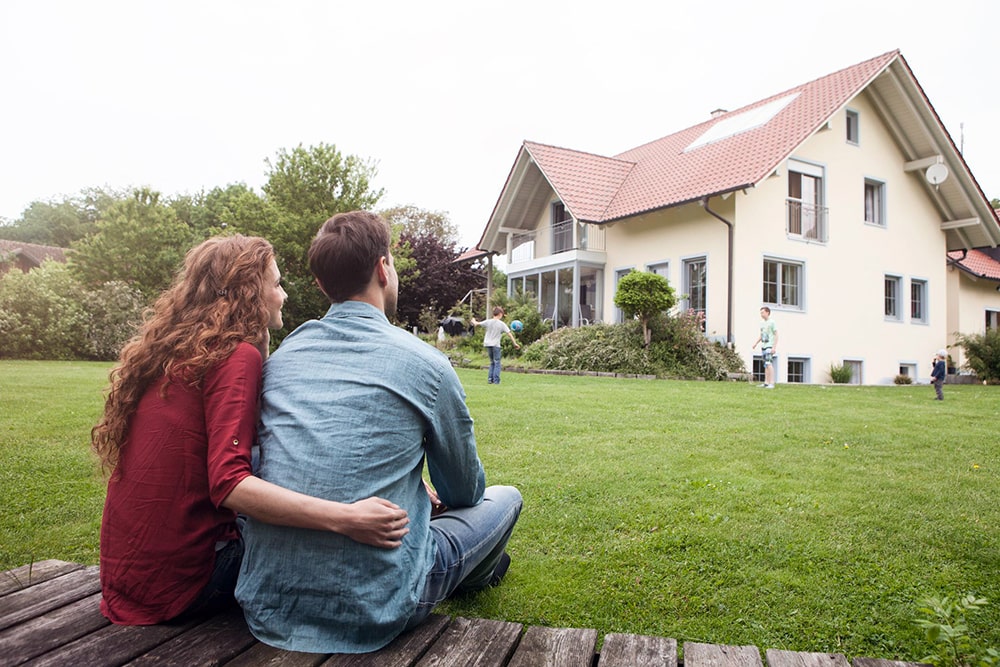Home is not just a building with four walls and a roof; it is your hopes and dreams for the future. This is where you raise your children, enjoy your retirement, and where memories are made. All of this is wrapped up in what is probably the largest financial investment you can make.
If you are planning to buy a new home and are wondering what you should consider before you start looking, then read on.
1. Your Unique Needs
Does your home need to accommodate a growing family, or are you thinking that, closer to retirement, you’d like to downsize? Maybe a retirement house with few stairs is your heart’s (and knees’) desire. Is a shorter commute to work a must? How about access to mass transit or proximity to airports? And how do each community’s schools rate? Do you need convenient access to medical care?
2. Your Lifestyle
Is a backyard for the kids important? Do you love to barbecue and entertain friends and family? Are you an active, outdoors-type person who wants access to hiking trails and a place to launch the kayak? Do you thrill to the rural countryside, or do you prefer a cityscape with shopping and chic restaurants?
3. The Future
Of course, you should consider your immediate lifestyle and needs when choosing your property, but it is a good idea to think of what your life will look like in the next five or ten years. If two of your four offspring are heading off to college soon, maybe a larger house is not a great choice. If you’ve got a baby on the way, and plans for more, maybe stretch to get that extra bedroom.
4. Floor Plan for your Needs, Lifestyle, and Future
Beyond the obvious need for a specific number of beds and baths, think about those times when you need something extra. One of the most frequently “extra” room requests I hear is for an office. That’s especially true since the pandemic sent many of us to work from home. If the grandparents or grandkids visit, you’ll need a guest room. Maybe you need an in-law or accessory apartment where your folks can have their own entrance and some privacy.
5. Number of Baths
Together with the number of bedrooms, the number of bathrooms you will need is something you might want to think about. Is an ensuite Master Bath critically important to your needs? A hall bath or powder room on the main floor is desirable for visitors. A full bath in a hallway outside the children’s rooms makes good sense. If guests will be staying overnight, they should have their own full bath, close to the bedroom where they are staying. If there is a pool, a half or full bath near the closest entry door (maybe in a mudroom or a lower level walk-out basement) is a great idea – wet feet and towels can stay where they will make the least trouble.
6. The All-Important Kitchen
The kitchen is the heart of any home; your family will be spending most of their time here. Look at the layout of the kitchen. If you entertain frequently, you will want to have an open-concept kitchen leading to a family room or dining area where you can easily work and chat with your guests. A large family will need a kitchen with a lot of counter space, which is easy to navigate. Look at the position of the stove, fridge, and sink. Does it make sense from a working perspective? On the other hand, if you prefer take-out and TV dinners on the fly, maybe that gorgeous, cutting-edge designer kitchen is an unnecessary expense.
7. How Old is the House
i. Antiques: Here in New England, the landscape is dotted with some graceful older homes, some dating back to the 1700s. If owning a piece of history is your dream, you need to consider how well the home has been maintained or renovated through the years. My advice is to hire the best possible inspector available. If the house has been well maintained, you might actually save some money as these tend to sell for a bit less than younger properties.
ii. Middle-Aged Homes: Built from around 1900 to the 1950s, there is a wide variation in sizes and amenities, as well as construction techniques and materials. These earlier homes tend to be quite solidly built, often with stone foundations and plaster walls, hardwood floors, cast iron radiators, and leaded glass windows. Starting around the 1960s through the 1990s, there were some rather more flimsily built homes, so you want to get your inspector’s overall opinion of the construction quality. Sites like www.fixr.com, www.costhelper.com, and www.costhelper.com are your friend. They can give you approximate prices for various repair and renovation costs.
iii. New Construction: Delightfully avant-garde finishes and flourishes, open concept living areas, and a builder’s warranty can be extremely attractive to a buyer. But if you plan on selling, say, in five years, your “new construction” home will be one of the many “used” properties competing with now-new construction for buyers’ dollars. In other words, you might lose money as you would need to price your now not-new house to compete not only with new construction but with all the other homes on the market.
Have a discussion with others in your household about what they want and need in a new home. All of your lifestyles and needs will come together under the same roof, so it is helpful to be able to state what, exactly, you are looking for when you start viewing properties. Happy Hunting!





